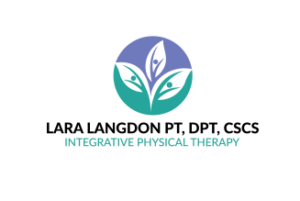
Back, Neck and Shoulder pain is increasingly common in our busy modern world due to all of the forward bending, computer work, and driving we do. Our daily activities usually involve leaning our spine forward, rounding the shoulders and hiking them to the earlobes.
We drive.
We text.
We pick up our kids.
We sit at a desk, jut out our chins, and squint at our inbox.
We are busy and reaching and leaning forward all day long!
Over time, our body tends to “mold” into a forward flexed posture. We may notice things like heaviness in breathing, tension headaches, jaw clenching and pain, poor recovery from our workouts, and repetitive strain injuries that turn chronic and that we start to accept will never really resolve… We may do the smallest task like twisting to reach behind a car seat or roll to get out of bed, and our body freezes into a new injury. This story often ends with a feeling of despair, like the box around what we CAN do is closing in around us. We stop doing the things we love and become fearful of trying new ones. Soon, we can’t exactly pin it down, but we begin to feel “unwell”.
If this sounds familiar, you may be interested in what health experts are calling our greatest “organ of structure and function” the fascia (pronounced fah- sha).
Fascia is the body’s connective tissue. In simple terms, it’s the fiber, glue, and water of our framework, ultimately responsible for the shape of our body.


In a healthy state (left), the fascia is an expansive membranous webbing that connects, protects, and communicates with virtually every system in our body. In a restricted state (right), due to scar tissue, muscular imbalances, and daily wear and tear, the fascia may “glue” together and create dense fibrous knots, resulting in a compression of our blood vessels, nerves, muscles, and internal organs.
This tension impedes our body’s ability to exercise its full range of motion, causing an altered pattern of movement.
Further, the compression of our autonomic nervous system can create feelings of “fight or flight”, anxiety, and depression that have not been previously linked to a physical impairment.
So, what does our fascial system have to do with “wellness” and how we feel in our bodies?
Beyond the structure that it provides, thefascial network has recently been discovered to be one of our richest sensory and proprioceptive organs.
This helps explain why when our fascia is bound down or restrictive, we “feel” bound down, heavy, achy, painful in our joints, and emotionally discouraged.
The good news is that given proper attention, fascia can be released through skilled manual myofascial release and specific exercises aimed at opening up restricted areas. In a relatively short time, one can feel lighter, experience less pain, and feel energetic and well again!
To learn more about how myofascial release could help you feel more “well”, or to learn more about my services, please visit www.laralangdonpt.com or call (760) 503-0066




